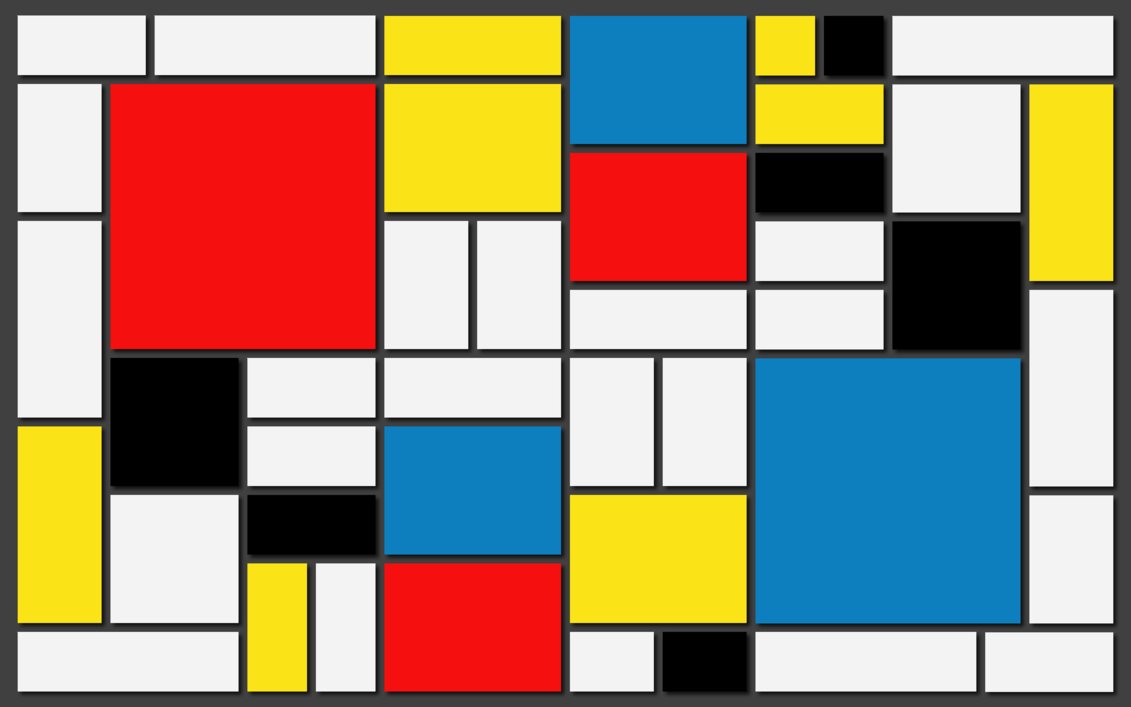Neo-Plasticism: A New Outlook
Neo-Plasticism was seen by most art historians as an evolution in Abstract art. Karim Rahman delves deep into the subject.

When it comes to my personal taste in the arts, I prefer more simplistic and minimalist artworks. Don't try to delve too deep into the subject matter; let me reach my own conclusions. The more abstract it is the better. Which is why, this week, I decided to touch on one of my favourite art movements in the Modern Art era: Neo-Plasticism.
What is Neo-Plasticism: Neo-Plasticism was a term coined by Dutch painter, Piet Mondrian, to describe the abstract mode of De Stijl. De Stijl was a coalition of artists, designers and architects that came together in the Netherlands in 1917, with Mondrian being the main figure-head of the movement. Neo-Plasticism was characterised by grids of thick, black lines enclosing flat areas of primary colour, which in turn embodied and showcased the movement's radically reduced visual language.
Brief History of Neo-Plasticism: The De Stijl group argued that abstract art based on geometry and spiritual harmony could induce peace and positivity in a back-then society that was suffering from the effects of WWI. From 1913, Mondrian's art involved purely abstract matrices of black horizontal and vertical lines, becoming so ordered in 1917 that they formed precise, right-angled grids on the canvas. The spaces in the grid were painted in flat areas of pigment, and from 1920 Mondrian restricted these areas to be painted in only primary colours and black. Although it may seem simple, Mondrian was at pains to achieve a dynamic balance in his work.
Famous De Stijl Artists: Piet Mondrian, Theo Van Doesburg, Bart Van Der Leck, Gerrit Rietveld
Examples of Famous Artwork:


- Previous Article I Got Banged!
- Next Article Nomades Land























